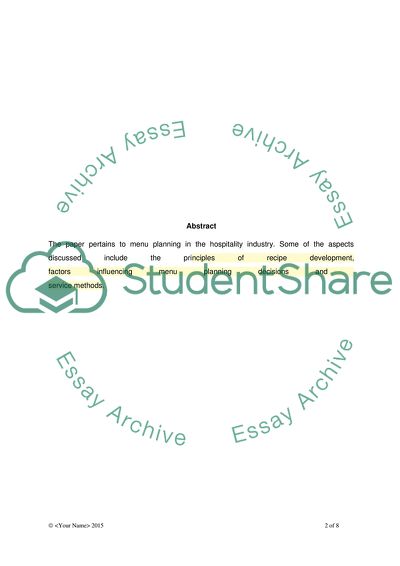Cite this document
(Menu Planning and Product Development Term Paper, n.d.)
Menu Planning and Product Development Term Paper. https://studentshare.org/tourism/1875186-menu-planning-and-product-development
Menu Planning and Product Development Term Paper. https://studentshare.org/tourism/1875186-menu-planning-and-product-development
(Menu Planning and Product Development Term Paper)
Menu Planning and Product Development Term Paper. https://studentshare.org/tourism/1875186-menu-planning-and-product-development.
Menu Planning and Product Development Term Paper. https://studentshare.org/tourism/1875186-menu-planning-and-product-development.
“Menu Planning and Product Development Term Paper”. https://studentshare.org/tourism/1875186-menu-planning-and-product-development.


